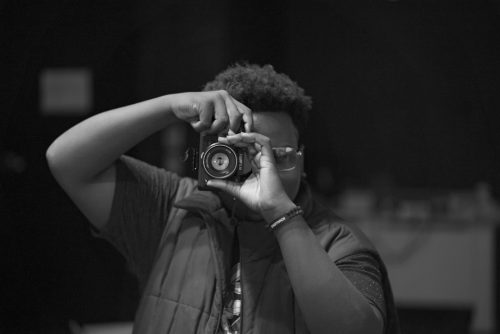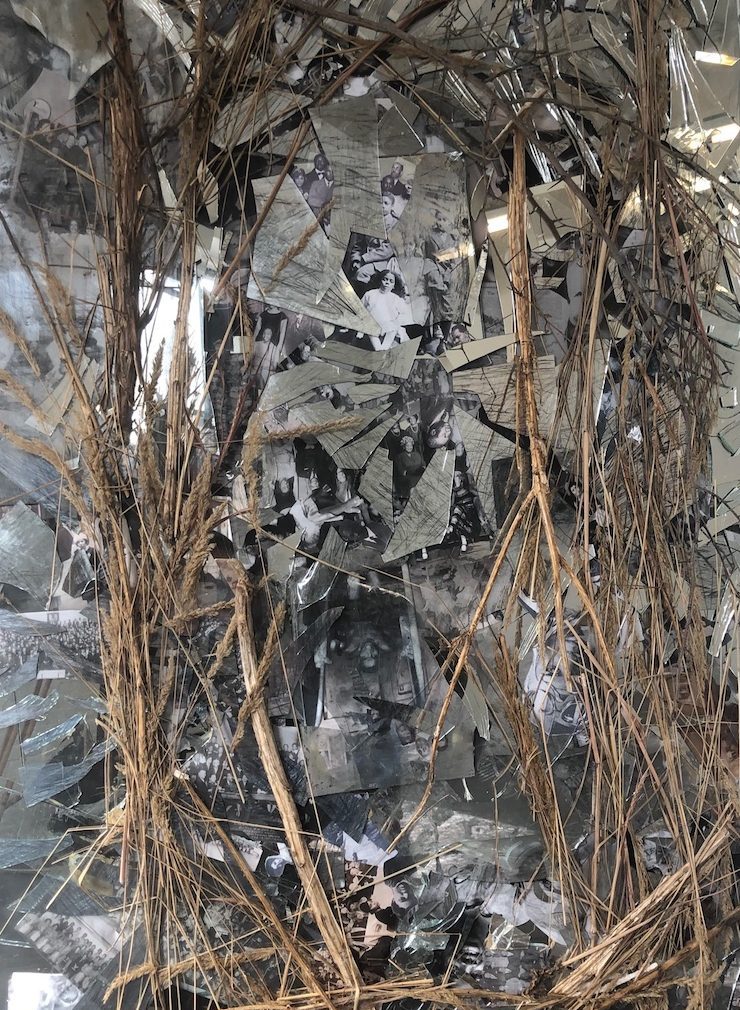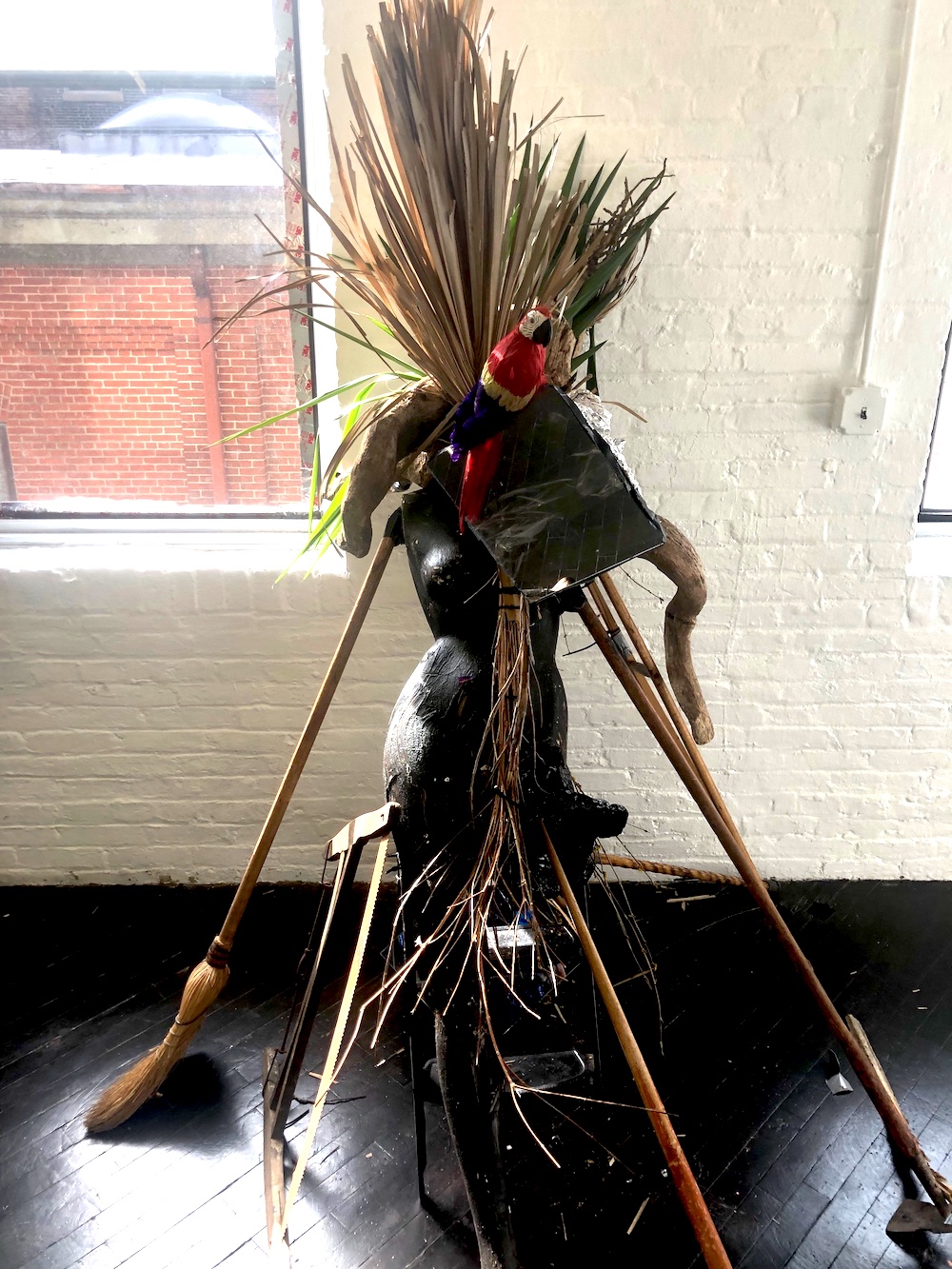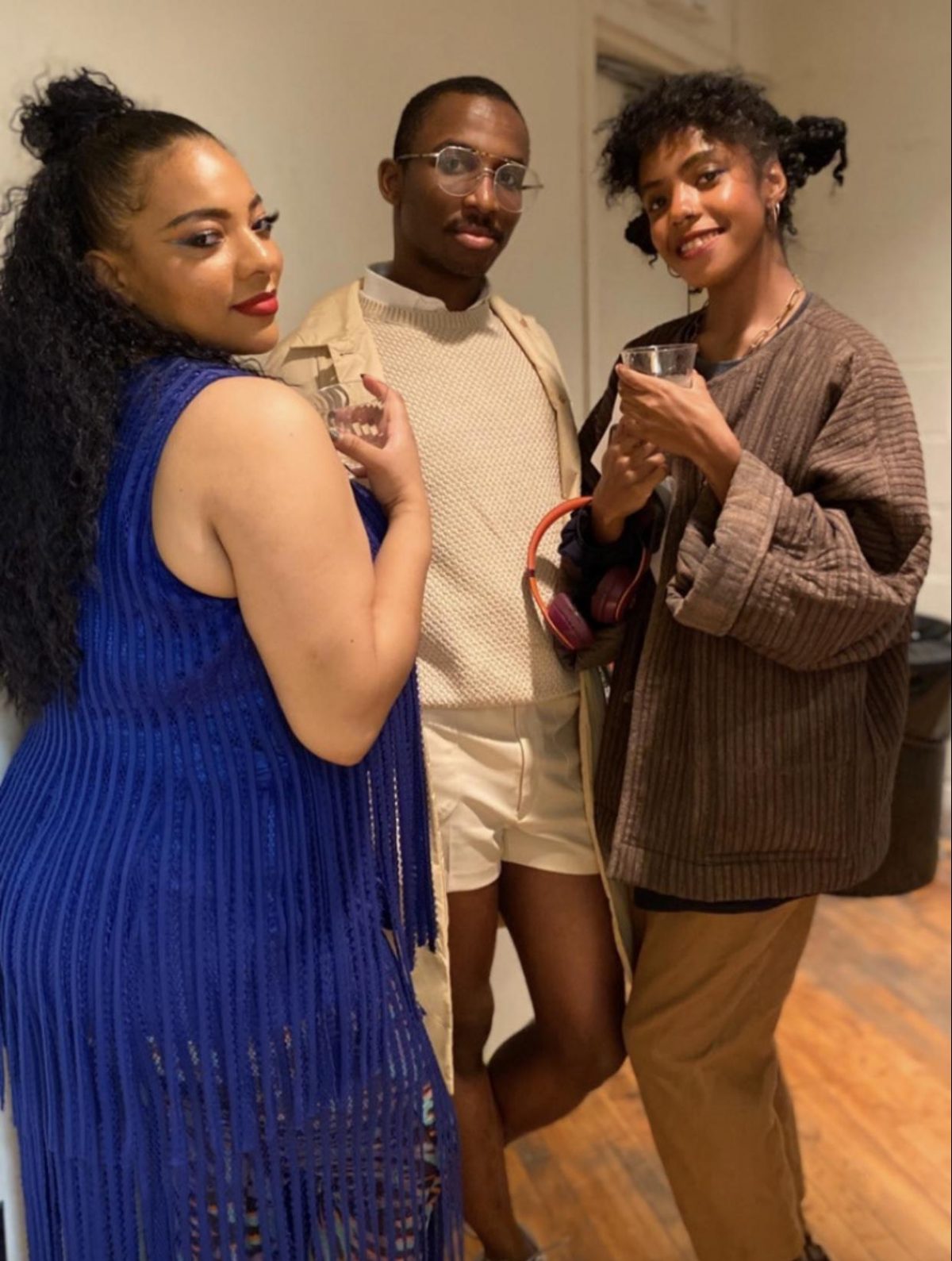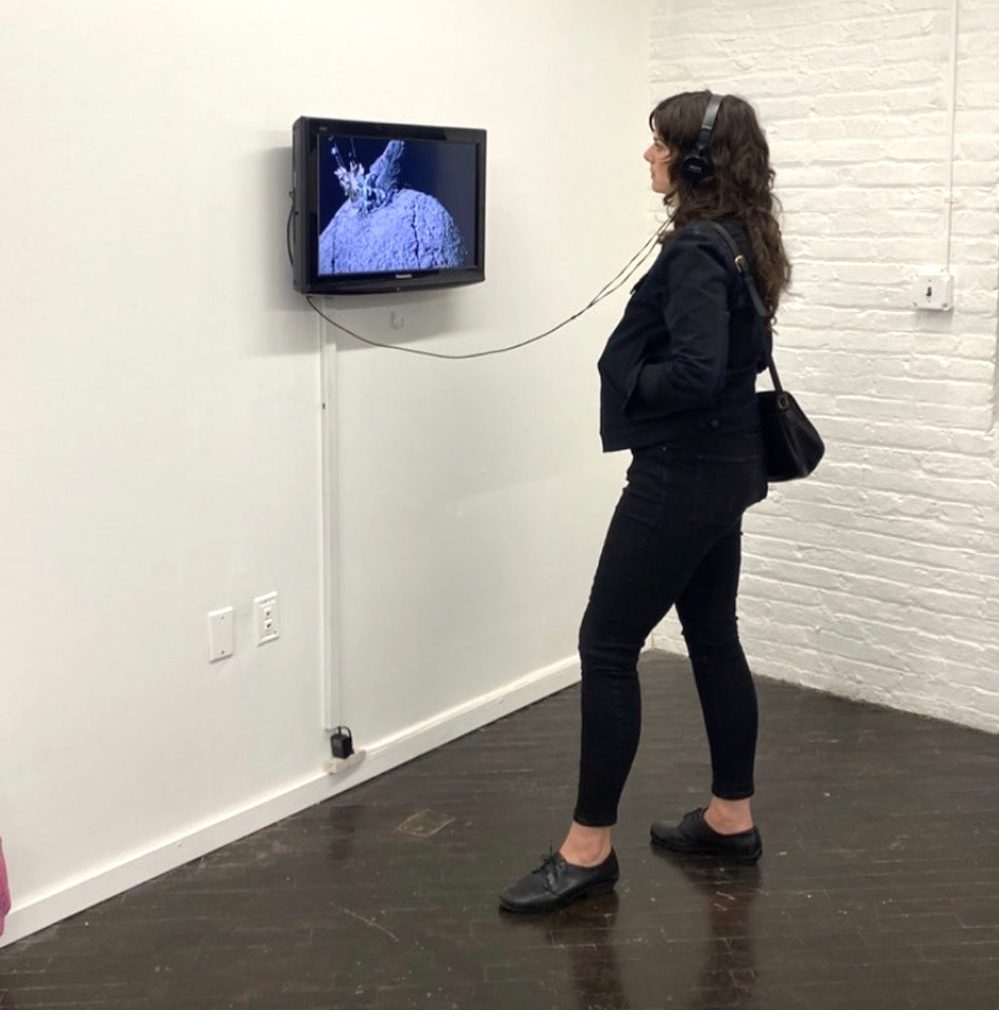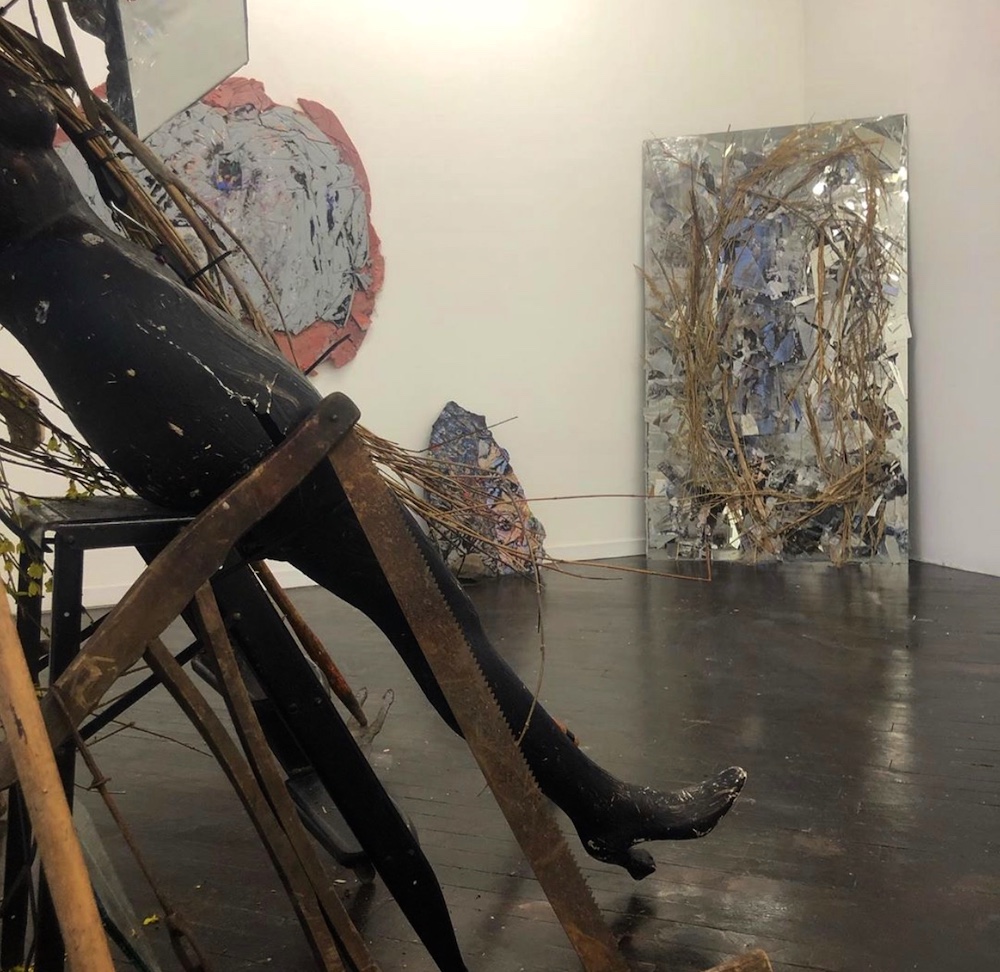I came to Baltimore to attend law school, but it didn’t take long for me to realize that my deepest sense of purpose comes from working with artists. It was always my dream to eventually open a gallery and, when I moved here from Texas, I decided to use my spare time and energy to create exhibitions with artists whose work I respect.
After a number of public projects with WDLY, a nomadic art event organization I founded with Malcolm Lomax, including a BMA Art After Hours takeover, my curatorial dreams came to fruition in March 2020 with two new professional milestones.
One was the opportunity to curate ANOTHER COUNTRY, a group exhibition featuring Brandon Coley Cox, Abigail DeVille, Ariel René Jackson, Devin N. Morris, and Monsieur Zohore at Terrault, an independent artist-run gallery in Baltimore’s Bromo Arts District. The other opportunity came in the form of my new job at BmoreArt as the Connect + Collect Gallery Coordinator, where I manage the C+C gallery space, as well as serve as an intermediary for the artists currently participating in the program.
Before I started, I was full of ideas to further the mission of connecting artists and collectors through outreach, programming, studio visits, and exhibitions. However, overnight these two opportunities have radically shifted because of the impact of COVID-19, and I am now faced with the very strange question of being a curator for exhibitions and galleries that no one can see in person for the foreseeable future.
What does it mean to be a curator under quarantine? How do you curate exhibitions in a time when no one can visit a gallery or museum? How can I shift my own thinking to continue to serve artists and audiences effectively, but without physical proximity or space?
The ideal way to experience art is always in person, but art retains a significant and lasting value even from a distance. People have always experienced great art through books and catalogues, well before the internet and global travel became widespread. And I know, now more than ever, that I am still a curator and can play a valuable role, even without a physical space.
We can still curate virtually, conceptually, and digitally and through various media and perhaps this has been an underutilized strategy until now? I am at a curious place in my professional career where I have an opportunity to define, at least to myself and my community, what a curator is and does, as well as the larger implications for this role in the future. Much of my first two weeks on the job at BmoreArt involved researching these methods of virtual curation.
Despite social distancing, people need art, all kinds of it, more than ever before. Like a magical talisman or a healing balm, art has the incredible and innate ability to unite people across great distances.
As a curator, my goal has always been to activate, support, challenge, and educate the artists of my place and time, as well as cultivate new audiences for them. This hasn’t changed, but my success in achieving these goals depends completely upon my ability to envision and create new methods and models to show art. I’ve been wondering a lot about what the new art world will look like, in Baltimore and beyond.
